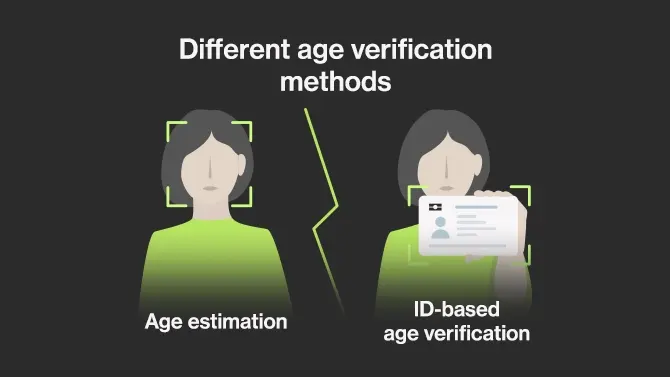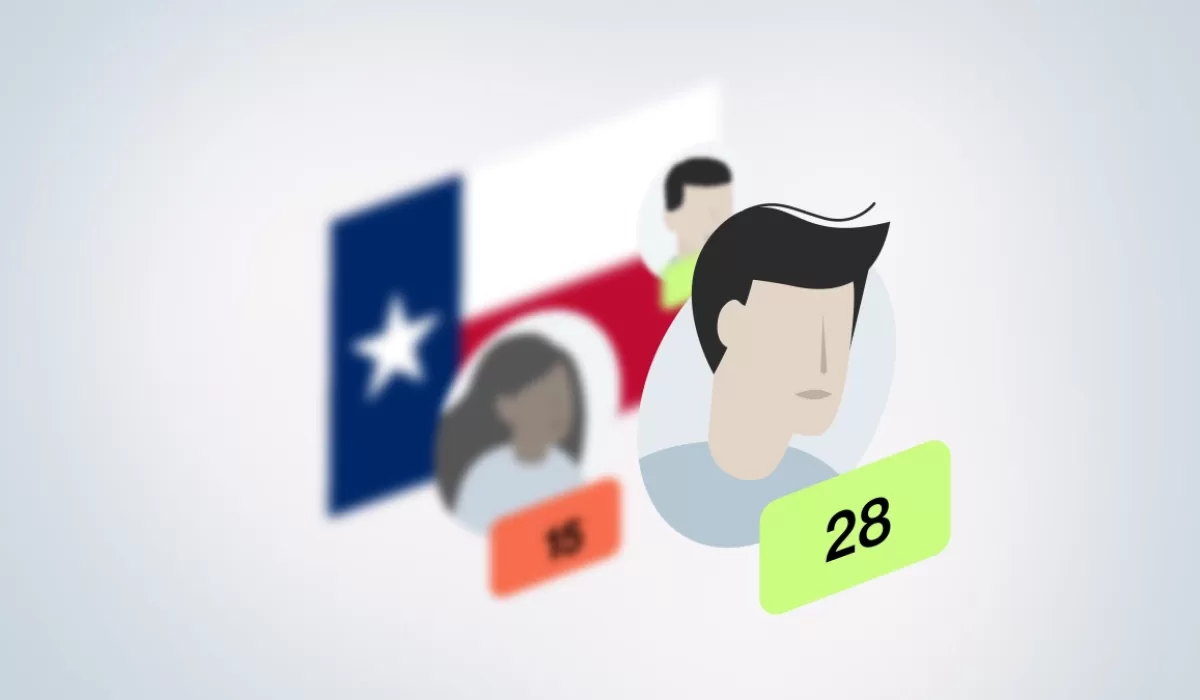Many adult sites still use primitive age verification methods, which rely on trust and having users input their birth dates with no way of verifying it. With the Supreme Court abstaining from blocking the new Texas law, the state aims to enhance these measures and protect minors from harmful content online. With other states drafting or having already signed similar age verification laws, businesses in the adult entertainment industry must decide how to proceed. In this article, we take a closer look at the law itself and how age verification can be implemented.

What is the 1181 Bill?
After the Supreme Court rejected a request from the adult entertainment industry to block the new Texas age verification law on the 28th of April 2024, Texas officials were granted permission to enforce House Bill 1181. This new Texas law, similar to the Child Online Protection Act, pertains to age verification requirements, drafted with the goal of preventing minors access to sexual material, outlines several requirements for adult content websites. On top of this, it cites several health warnings, stating that pornography is addictive, impairs mental developments, and increases demand for child sexual abuse images amongst other things.
The 1181 Bill states that any internet website, which contains content more than one third of which could be considered harmful to minors, must employ reasonable measures to verify the ages of its users.
The bill defines reasonable measures as:
Digital identification performed by the website itself or a commercial age verification system that verifies age using:
- Government-issued identification; or
- A commercially reasonable method that relies on public or private transactional data to verify the age of an individual.
Reasonable Age Verification Measures
So far, the reaction to the new law has varied with some adult content websites choosing to halt operations in Texas and others, such as Fansly, implementing verification. To understand the requirements, let’s take a close look at the two options of verification.
ID-based Age Verification
Identity Document (ID) based online age verification employs similar steps as identity verification. It requires the user to provide their identity document as well as a picture of themselves for comparison of biometric data to ensure safe verification. With Ondato’s IDV system, this method is simple, takes less than 60 seconds and offers 0 fraud tolerance.

Age Estimation
Age estimation tools, on the other hand, minimise the need for identity documents, relying on biometric data to place the user in an age group. With Ondato age verification solution, this method can onboard the majority of users without additional documents, only requiring IDs if there are any doubts.

Failure to Comply to Bill 1181
The bill also states that neither the website nor any third party performing the verification can retain any identifying information on the individual once access has been granted.
This Texas law carries fines for any commercial entity that fails to comply, making them liable to the parents or guardians of the minor for the damages resulting from a minor’s access to the material. This will include court and attorney costs.
Any commercial entity or third party that has retained identifiable information past the access stage will be liable to the individual for damages.
Age Verification Regulations Around the World
The History of Bill 1181
The Texas law’s challengers, represented by the American Civil Liberties Union, the Free Speech Coalition and others, have said that the bill poses security and privacy concerns by exposing users to possible identity theft, tracking and extortion. They also noted that its effectiveness is undermined given that it would not restrict social media or search engines, where pornography is rampant.
Last year, a federal judge blocked the law’s age verification requirement stating that they likely violated the Constitution, citing possible privacy and security risks. Similarly, justices applied strict scrutiny and concluded that a federal law (the Child Online Protection Act), which is similar to H.B. 1181 was likely unconstitutional. However, this Spring the 5th U.S. Circuit Court of Appeals reversed the ruling that Bill 1181 was unconstitutional.
In the most recent developments, the 5th Circuit Court found that House Bill 1181 does not violate the First Amendment and the justices rejected an emergency appeal filed by the Free Speech Coalition and the House Bill 1181 remains in effect.
Last Thoughts
The Texas age verification law has caused a stir in the adult industry, with many people citing concerns. However, as pointed out by the Appeals Court, this law comes at the age when online verification technology is much more advanced. With the right tools, age verification is quicker and safer than ever, allowing online adult content sites to employ measures that would protect minors while ensuring the security of user data.
FAQ
- Daily Violation Fine: A fine of $10,000 for each day the entity operates its website without adhering to the age verification mandates.
- Information Retention Fine: A fine of $10,000 for each instance where the entity retains identifying information used to verify an individual's age, contrary to the stipulations of the law.
- Harm to Minors Fine: An additional fine of up to $250,000 if one or more minors access harmful sexual material as a result of the entity’s non-compliance with the law.



